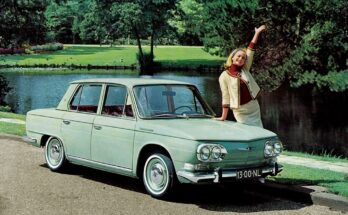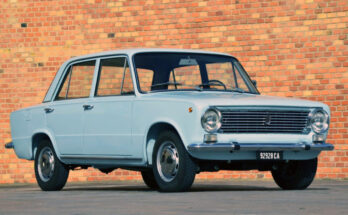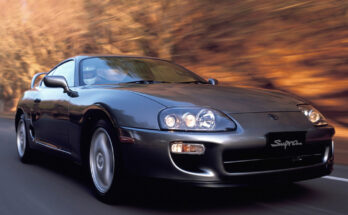If you were an automobile enthusiast growing up in the 1980s, it’s difficult to deny that you were captivated by the high-quality Japanese performance cars that were making waves on the international motoring scene.
Related: History of an Icon: Honda NSX
Cars like the Toyota Supra & Celica, Honda NSX, Mitsubishi Galant VR4, and Mazda RX7 were just some of the famous Japanese performance cars that not only became poster cars for many but also seriously challenged established European names. But how can we leave out Nissan from that list? In addition to the well-liked Skyline, it was the Z series that captivated both car enthusiasts and drivers alike.
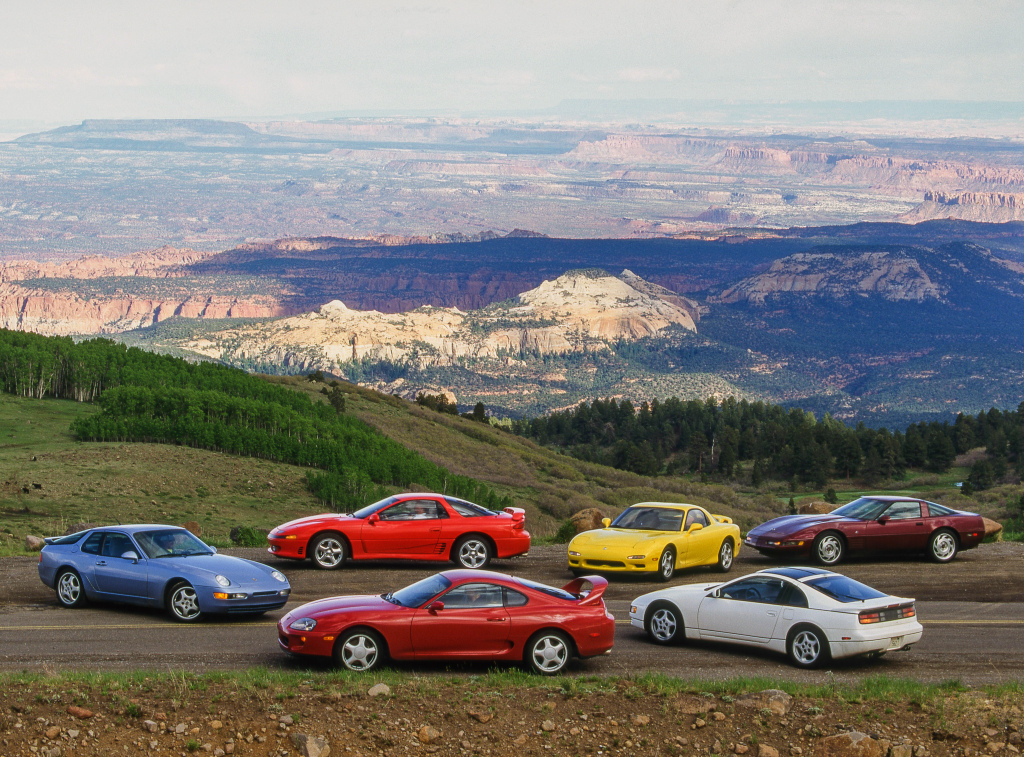
The history of Nissan’s Z series of sports cars dates back to 1970 with the debut of the Datsun 240Z. Low and sleek, with a long hood & a pushed-back cabin, and nimble acceleration, the Z started to make people think Japan could build some seriously good performance cars. It evolved into 260Z and 280Z in the mid to late 1970s, 280ZX between 1979 and 1983, and became 300ZX (Z31) in 1984. By that time, it was being called Nissan 300ZX as the Japanese automaker ditched the Datsun nameplate in the mid-1980s.
Nissan 300ZX (Z32)
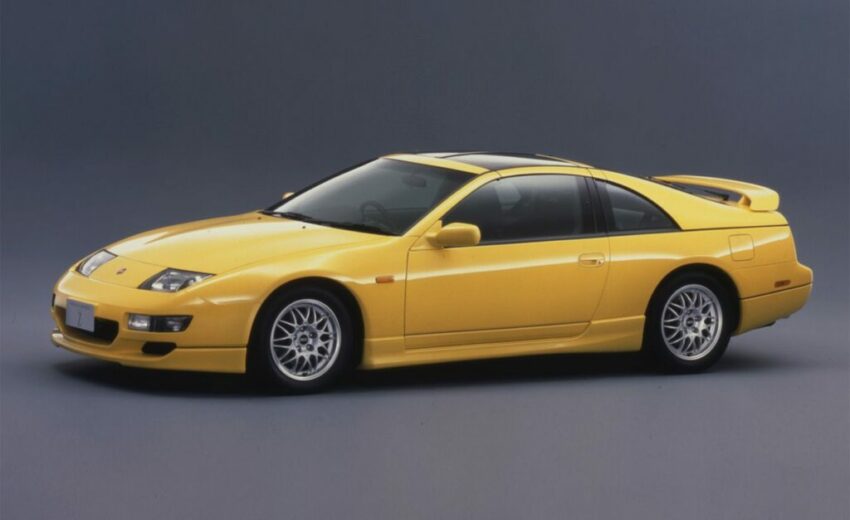
The second-generation 300ZX (Z32), which made its debut in 1989, is the star of this article. The Z32 abandoned the era’s sharp-edged wedge-shaped styling trend in favor of a more fluid and smooth design language while retaining the recognizable design cues of its forebears. This car was far more modern of its time and Nissan’s one of the first production cars to be designed with CAD (computer-aided design) technology.
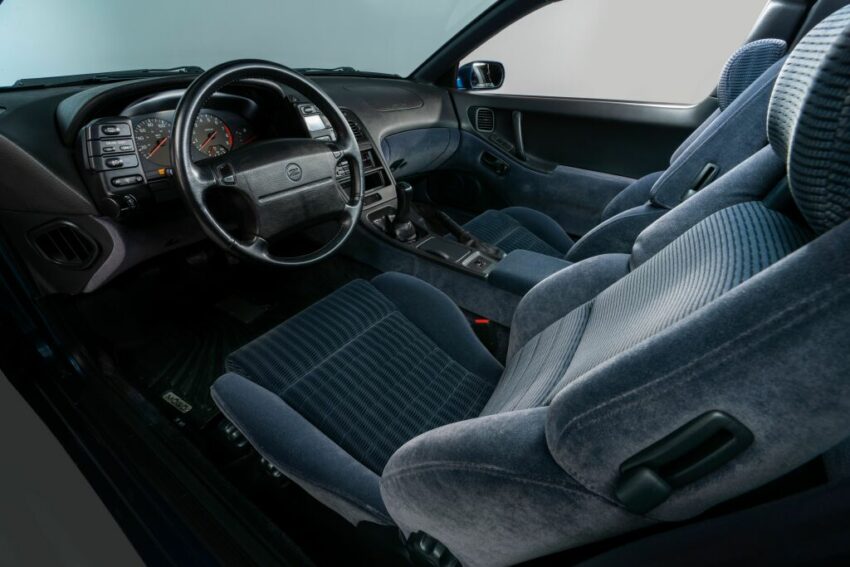
The new 300ZX appeared fantastic in the flesh; it is a gorgeous and thrilling vehicle that appears exotic without being outlandish. Nissan’s decision to create the vehicle wholly in-house is a testament that the automaker had the means and guts to bring innovative ideas to fruition. Though the Z32 was shorter than the predecessor, its wheelbase was 5.2 inches longer than the Z31 providing a larger footprint resulting in better road stability. It was available as a two-seater, 2+2, and even a full convertible.
Related: Remembering the Opel Calibra: 1989-1997
Two design teams fought for final consideration. The final winning design, penned by Isao Sono And Toshio Yamashita, was the most unconventional of the three final concepts and survived pretty much unchanged into production. According to Nissan designers of the Z32:
“We were seeking a form that would convey the impression the driver was a person of action. We found a shape that projects a feeling of intense power, similar to that of a stalking animal.”
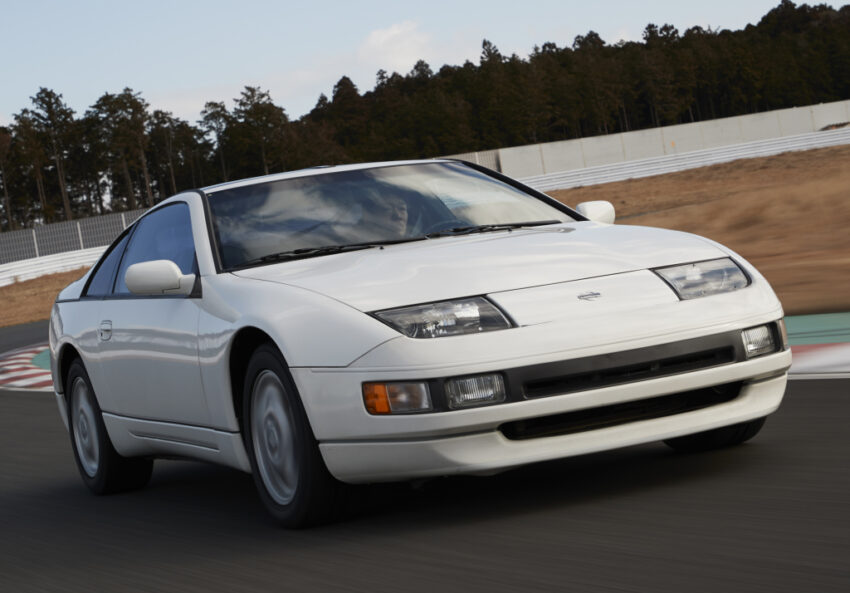
Some might have even seen that old Top Gear video of the New vs Old drag race, where Richard Hammond was representing the new, and Jeremy Clarkson was with the oldies. The idea was to test the acceleration of two same cars but from different generations on a flat drag strip. It was 2/2 each before the final 5th drag battle came and it was between the new Nissan 350Z Fairlady and the 300ZX Z32. While Hammond was too excited that it would be an easy win, Clarkson was a bit nervous. The race started with the new Fairlady gaining an early lead before the old 300ZX began showing off its true characteristics and left behind the new model in the dust.
How did it manage to do that? Well, the 300ZX had a 3.0L V6 under its hood resulting in a massive 300 hp of power and a staggering 384 Nm of torque. Though it was supposed to be the VG30DE, the quest for more power meant it was very nearly a brand-new engine by the end of development. Designated as VG30DETT, the updated engine had a forged crankshaft, new pistons and connecting rods, modified cylinder heads, direct ignition, and variable valve timing. Furthermore, rather than using one big turbo, two smaller turbos were there to provide a better low and mid-range response, and each used the Garrett T25 air compressor and the Garrett T2 turbine. The “twin-turbocharged…” was also something Clarkson mentioned a couple of times before the beginning of that race.
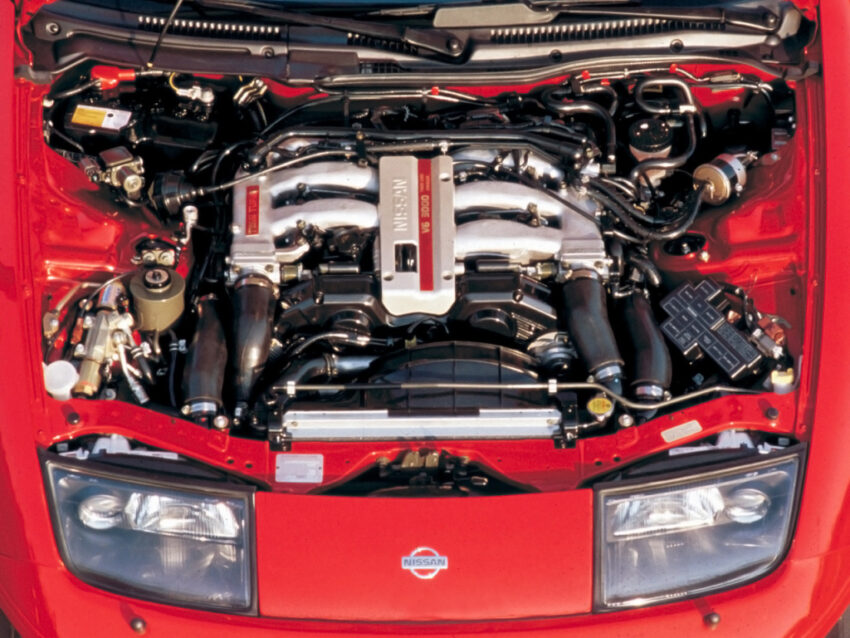
The 300ZX could achieve 0 to 100 km/h sprint time in around 5 and a half seconds. To tame such speeds, the Z32 also featured adjustable dual-mode suspension and four-wheel steering systems called “Super HICAS” (High Capacity Actively Controlled Steering). Sharp turns were made possible with a limited-slip differential, and multi-link front & rear suspension, aided by the aforementioned Super-HICAS four-wheel steering system.
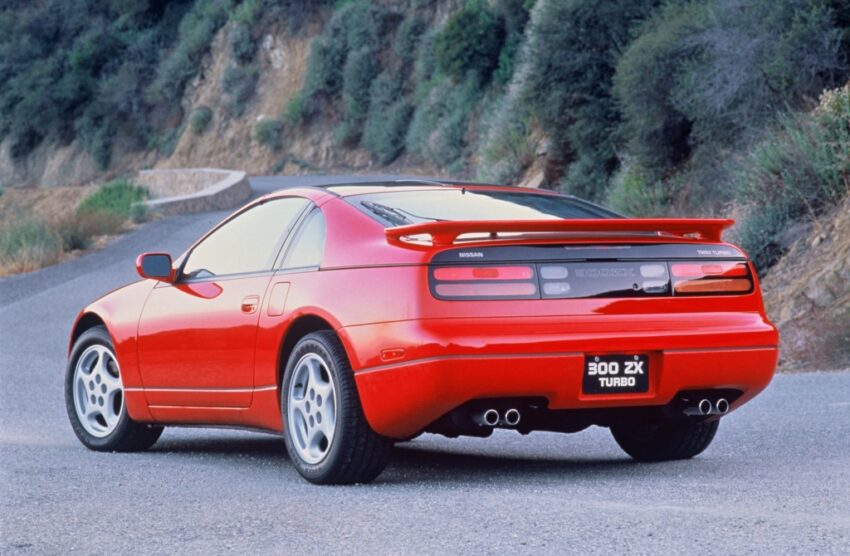
The Nissan 300ZX Z32 was a sensation among the motoring press in its most important markets, topping end-of-year lists at Car and Driver and Road and Track. While its performance and capabilities were never in doubt, the Z32 belonged to a time when Nissan spiraled into financial turmoil. Apart from the performance lineup, the regular Nissan offerings consisted of plain and bland-looking cars that dragged the sales down to a point that Nissan was almost about to declare bankruptcy before Renault and Carlos Ghosn came as saviors in 1999 and brought the Japanese automaker out of the crisis.
Related: Remembering the 6th Gen Mitsubishi Galant VR-4
The Nissan 300ZX Z32 survived between 1989 and 2000 after which it was discontinued. By that time it had become a sore tooth for financially troubled Nissan due to its higher price & production costs. It was succeeded by the 350Z which was a brainchild of Carlos Ghosn as he said in 2001, “We will build the Z. And we will make it profitable.”
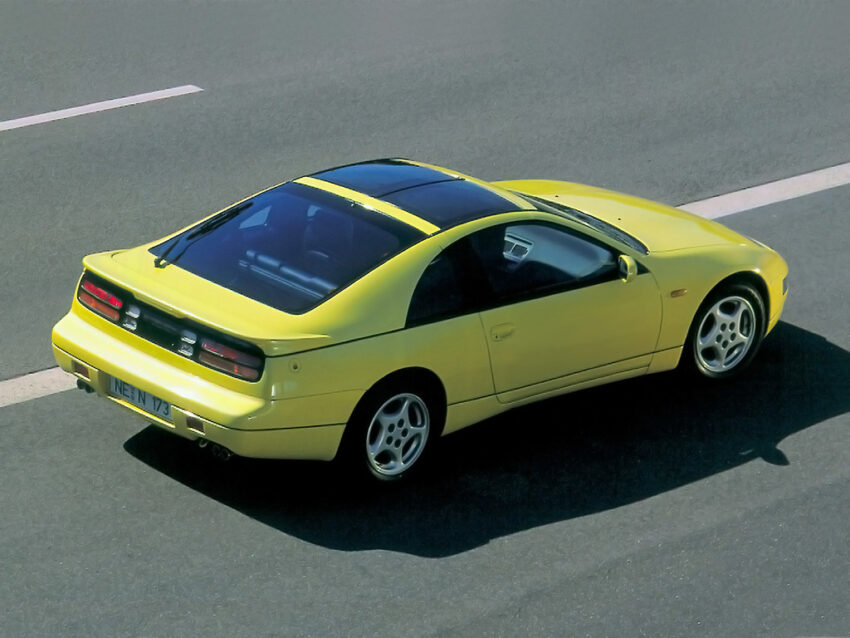
Keeping the profitability factor aside, the Nissan 300ZX was surely an underappreciated game-changer that gave the GT genre a fresh perspective. It demonstrated how usability at 30 km/h was just as crucial as its performance at 185 km/h. Furthermore, it showed the world Nissan’s ability to take on the likes of big names such as Porsche. The Z32 will indeed be remembered in history as one of the greatest cars Nissan ever built.
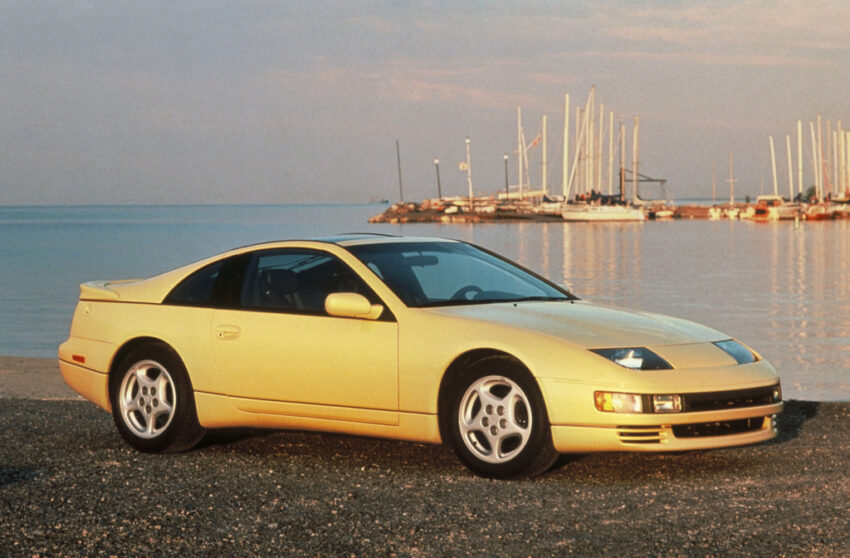

A computer animation professional with over 23 years of industry experience having served in leading organizations, TV channels & production facilities in Pakistan. An avid car enthusiast and petrolhead with an affection to deliver quality content to help shape opinions. Formerly written for PakWheels as well as major publications including Dawn. Founder of CarSpiritPK.com

